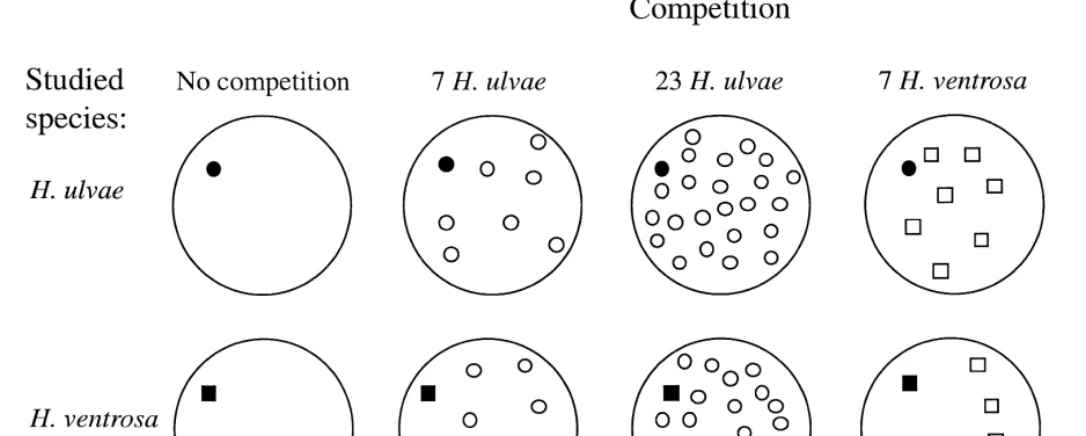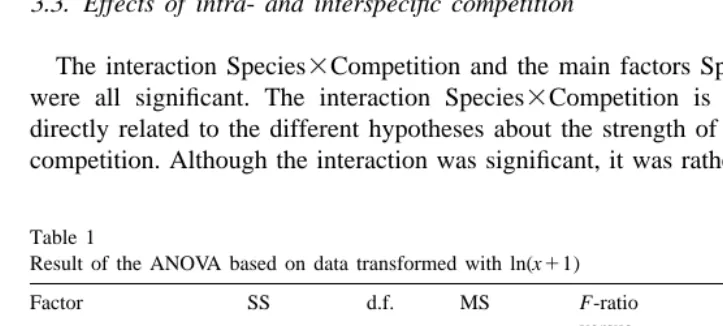Directory UMM :Data Elmu:jurnal:J-a:Journal of Experimental Marine Biology and Ecology:Vol253.Issue1.Oct2000:
Teks penuh
Gambar




Dokumen terkait
Externae developed on three reared crabs — one Swedish and two Australian C. maenas — approximately 12 months after the experiments. Morphological examination of these and the
In experiment 5, 18 hermit crabs that had been evicted from their shell were given a choice between an intact periwinkle shell appropriate for a crab one-half of that crab’s wet
Pink shrimp consumption rate was similar in two habitat groups, the first was composed of soft-bottom substrates and macroalgae, and the second of small woody debris and low
2.4.2. This sub-population presented was comprised exclusive- ly of 2-year-old individuals. The purpose of the experiment was to determine whether and how the activity of the
Complexity and structural components affected the richness, total density, and the densities of two of the three most common gastropods in this mid-shore rocky intertidal
copepods consumed (Fig. The relationship between the number of copepods ingested and density was nonlinear. As few as seven copepods were detected; one shrimp ingested no copepods and
Most publications on mysid feeding rates report the factors (usually food density) affecting the clearance rates for filter feeding (on phytoplankton) or predatory feeding (on
We believe that the differences observed between this study and that of Crowder and Cooper (1982) exist because overexploitation of prey in the small density treatment, as seen